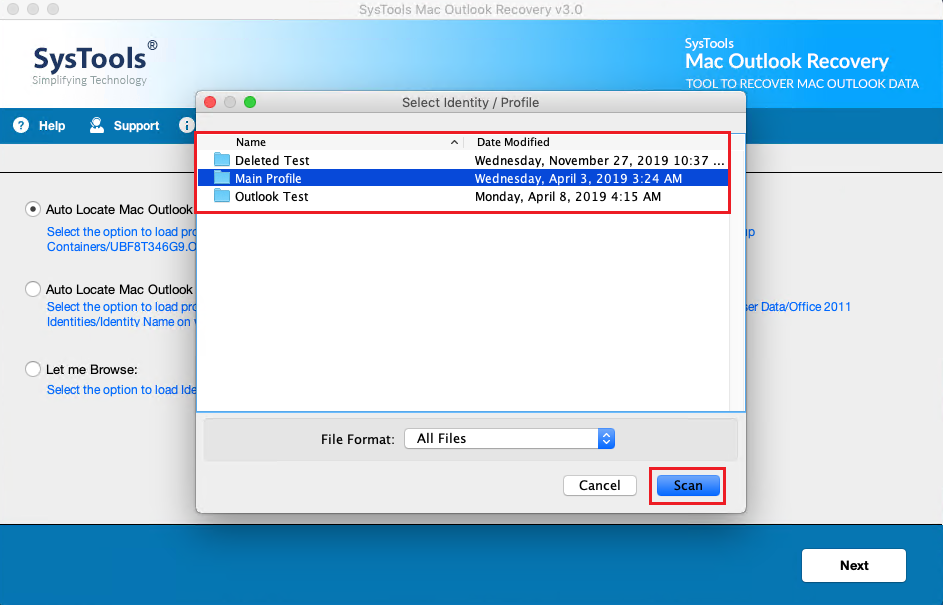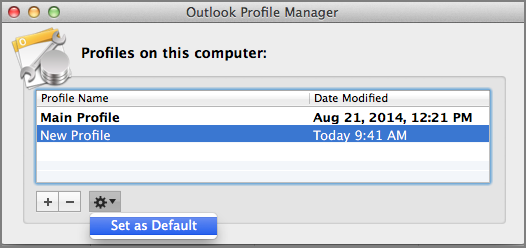

“ Vacuuming” will rebuild the database file, reclaiming free space and defragmenting tables and index. No problem within Outlook whatsoever on my Mac, but who knows… (hence the very very strong suggestion to make a backup). I ran the command in Outlook and the database shrunk a bit. I figured that the same should apply to Outlook too.

(which is beyond the point of this post: search for your favorite sqlite How To or Forum page for additional information on how to repair a corrupted sqlite3 database). It might be worth attempting other “rescue” operations in these cases using additional commands like “.dump” etc. In theory, Outlook should detect issues and automatically attempt to fix them, but there are been reports in the forums of identity failures and users no longer able to open up their identities. If you get a warning there, then obviously something in wrong in the database. If everything is fine, the Terminal will return “OK” usr/bin/sqlite3 ~/Library/Group\ Containers/UBF8T346G9.Office/Outlook/Outlook\ 15\ Profiles/Main\ Profile/Data/Outlook.sqlite "PRAGMA integrity_check" (triple-click the command to select all, then copy) You can check the integrity of the database with the command:.You can’t run anything safely on the identity if it’s still in use in Outlook itself. That are in the ~/Library/Group Containers/UBF8T346G9.Office/Outlook/Outlook 15 Profiles/Main Profile/Data folder.Ģ) QUIT Outlook. ********* NONE OF THIS IS PUBLISHED/APPROVED/SUPPORTED BY MICROSOFT FOR OUTLOOK FOR MAC *********Īs none of this is officially supported, I would recommend While there is very little we can run from the app itself in terms of maintenance or troubleshooting, in theory we should be able to tap straight into the database through sqlite3 itself.

Outlook 2016 now uses a sqlite3 databases for its identity (just like Mail). Outlook 2011 had a proprietary database format and we (as users) had very few options to work with it.


 0 kommentar(er)
0 kommentar(er)
